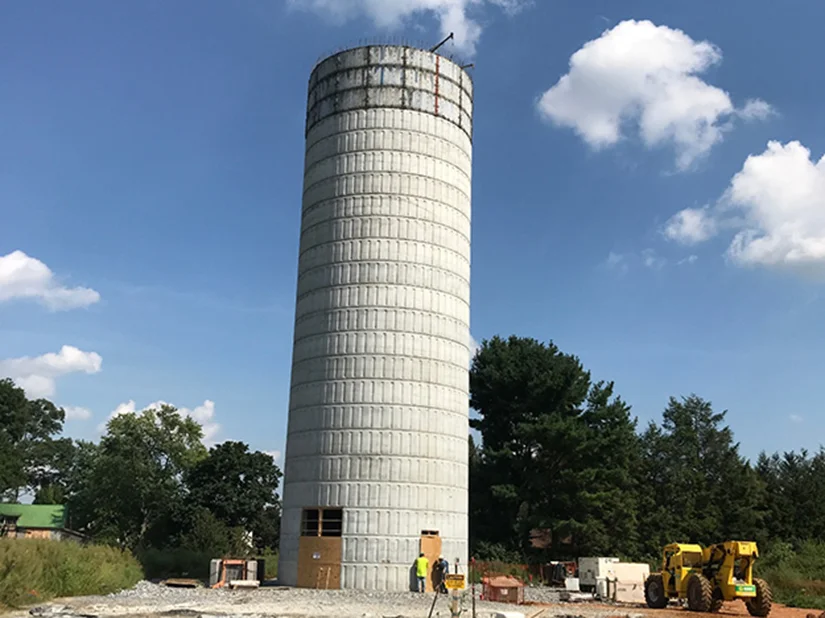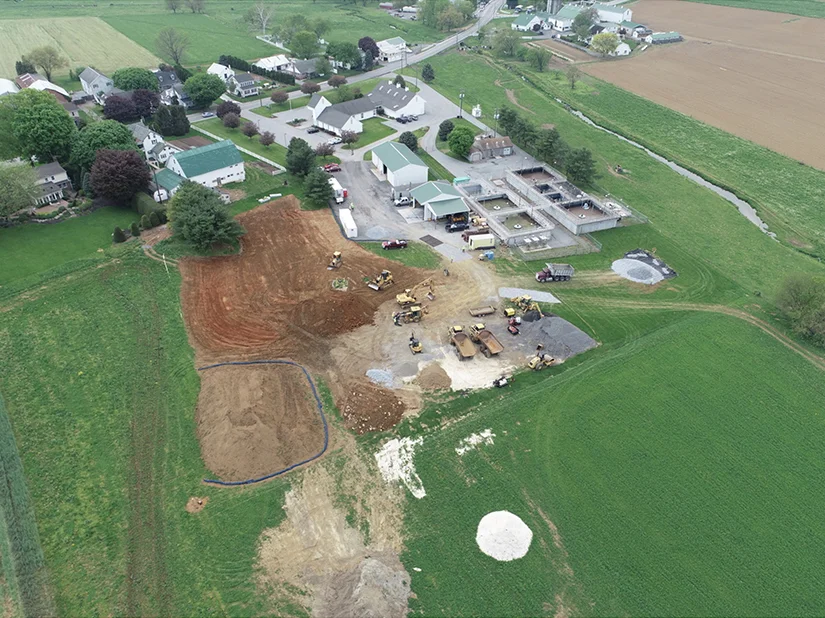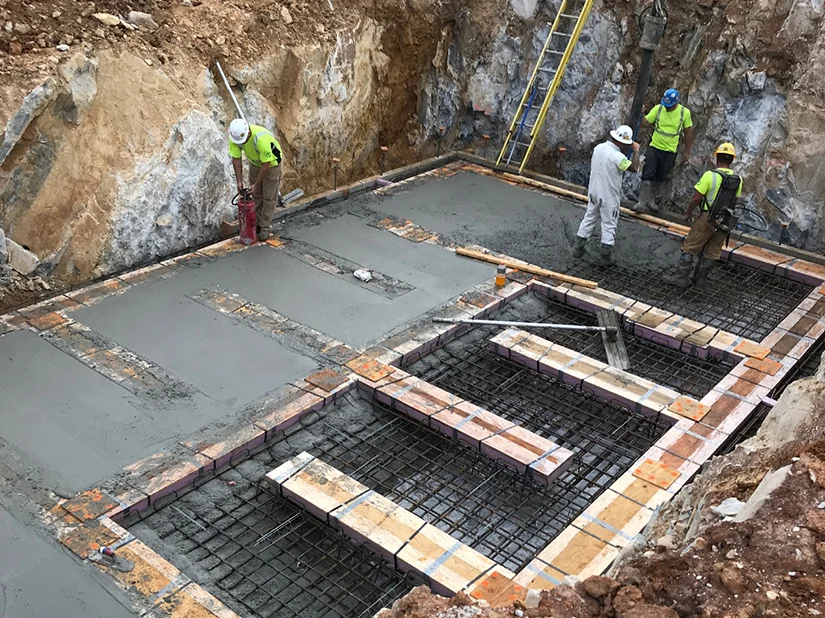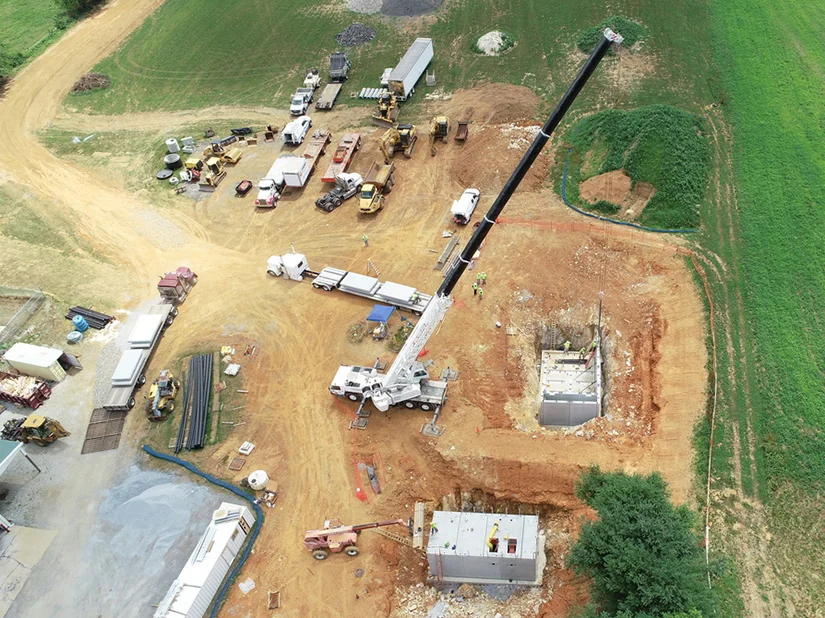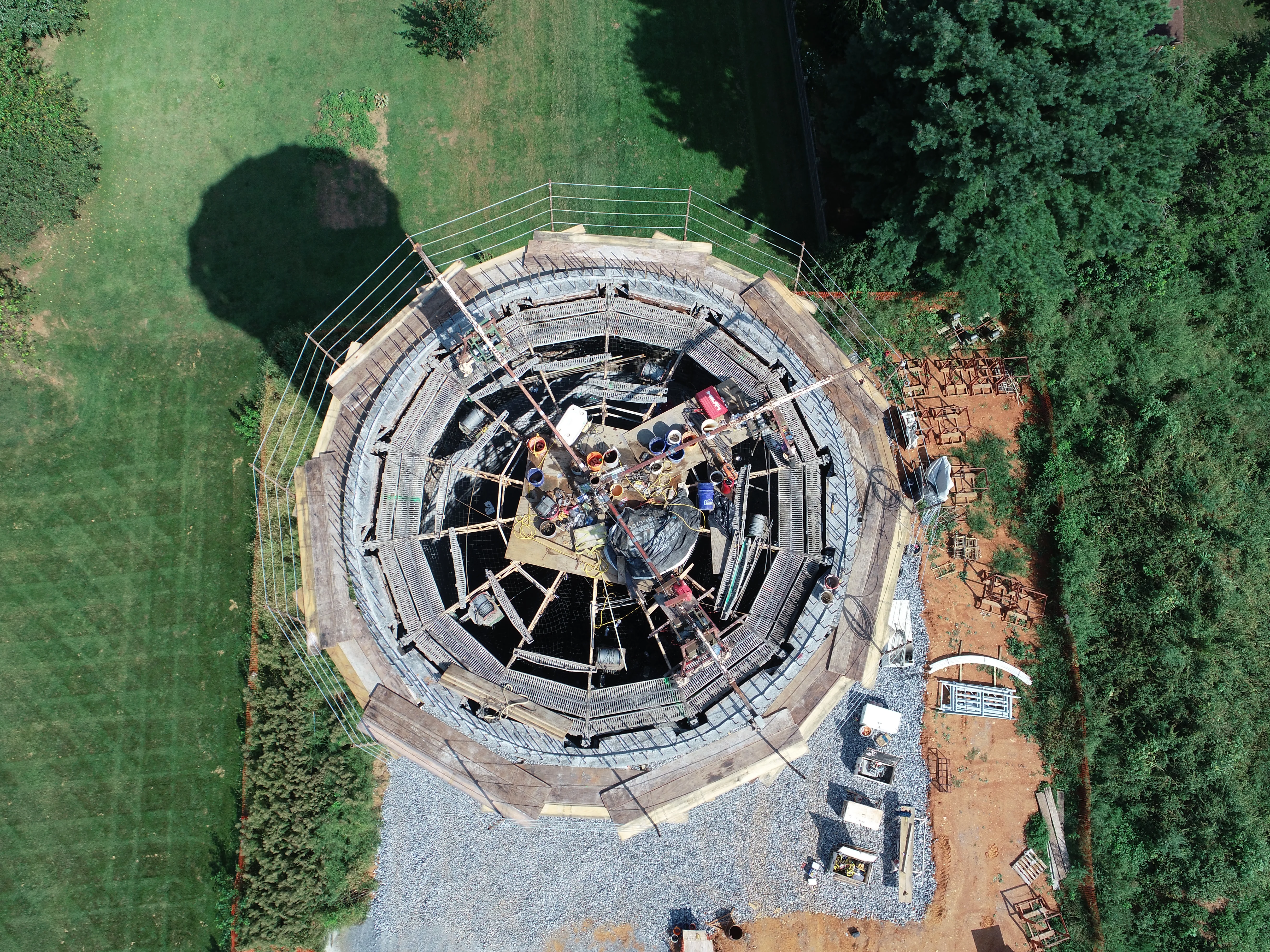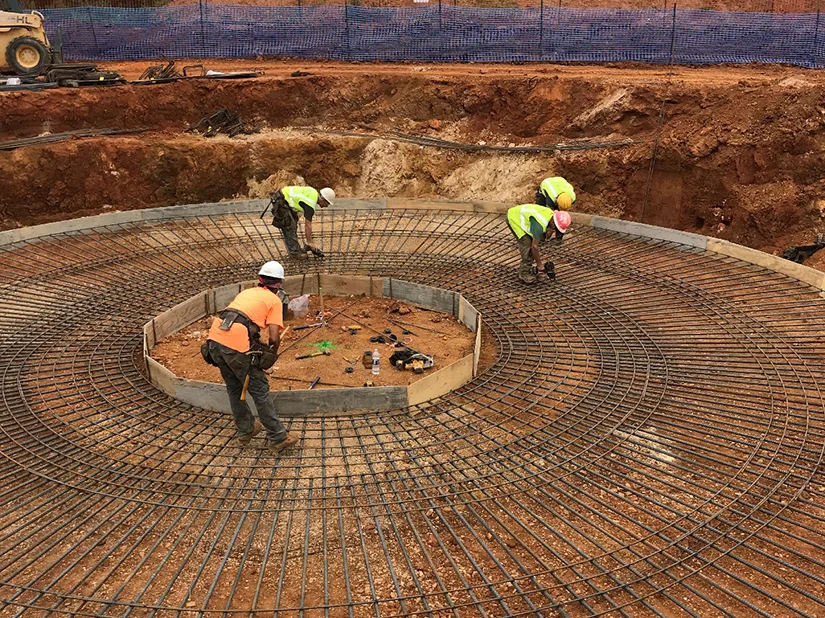Drones Aid in Evaluation of Public Water-System Construction
GES utilized drone technology to manage the design and construction of a new public water-supply system, which connected 443 properties. Drones were used for daily inspections and documentation of the project, including verifying the correct layout of building foundations, roads, trenches, and erosion control. During the construction of the water tower, drones safely inspected welding work up to 50 feet high, eliminating the need for personnel to work at dangerous heights. This technology also prevented a significant construction error by detecting that a wastewater tank excavation was misaligned by 2.33 feet, a discovery that saved the contractor over $400,000 in potential rework and prevented costly schedule delays. By using drones, GES effectively reduced construction time and costs, ultimately providing a high-quality water source and saving taxpayer money.
